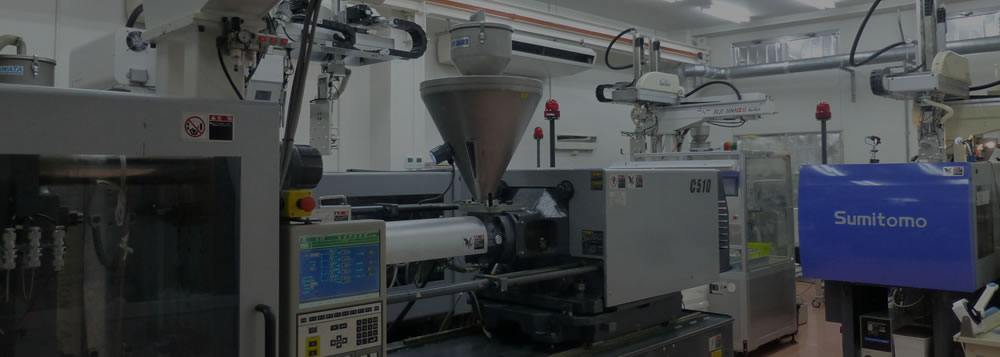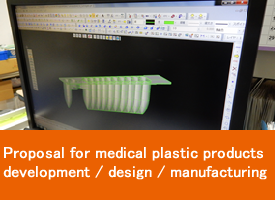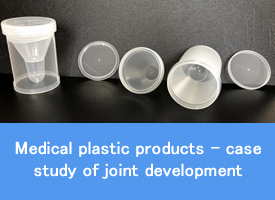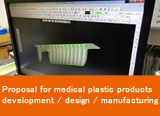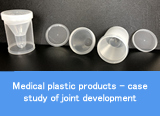Nowadays, antibacterial plastics, which have plastic products with antibacterial properties, are used not only in medical fields but also in ordinary households. Antibacterial agents for antibacterial plastics are roughly divided into three groups: organic, inorganic, and natural.
①Organic
Aldehydes, phenols, pyrithiones, etc., have a immediate sterilization effectivity and a high antibacterial effect, but are weak to heat and tend to have a short duration of effectiveness. In addition, since these organic substances are harmful substances to the human body, care must be taken when using them.
②Inorganic
Antibacterial effect is generated by ions generated by metals such as silver, copper and zinc. Inorganic materials are heat-resistant and long-lasting, so they are most commonly used in antibacterial plastics.
③Natural
Because it uses the antibacterial action of ingredients extracted from plants such as wasabi, mustard, and cypress, it has the least effect on the human body, but it is weak to heat and tends to be short duration of effectiveness.
About processing method
①Method of molding by mixing with plastic raw materials
This is a method in which an antibacterial agent is mixed with a plastic material and molded using a plastic injection molding machine. It is necessary to use an antibacterial agent that does not decompose by heat because it is heated to the temperature at which the plastic raw material melts.
②Method to treat surface of plastic products
This is a method in which the surface of plastic products is pre-processed and given an antibacterial effect with an antibacterial agent.
The amount of antibacterial agent used is less than that of mixing with plastic materials, and heat-sensitive antibacterial agents can be used, but it has a disadvantage that the number of manufacturing processes increases.




